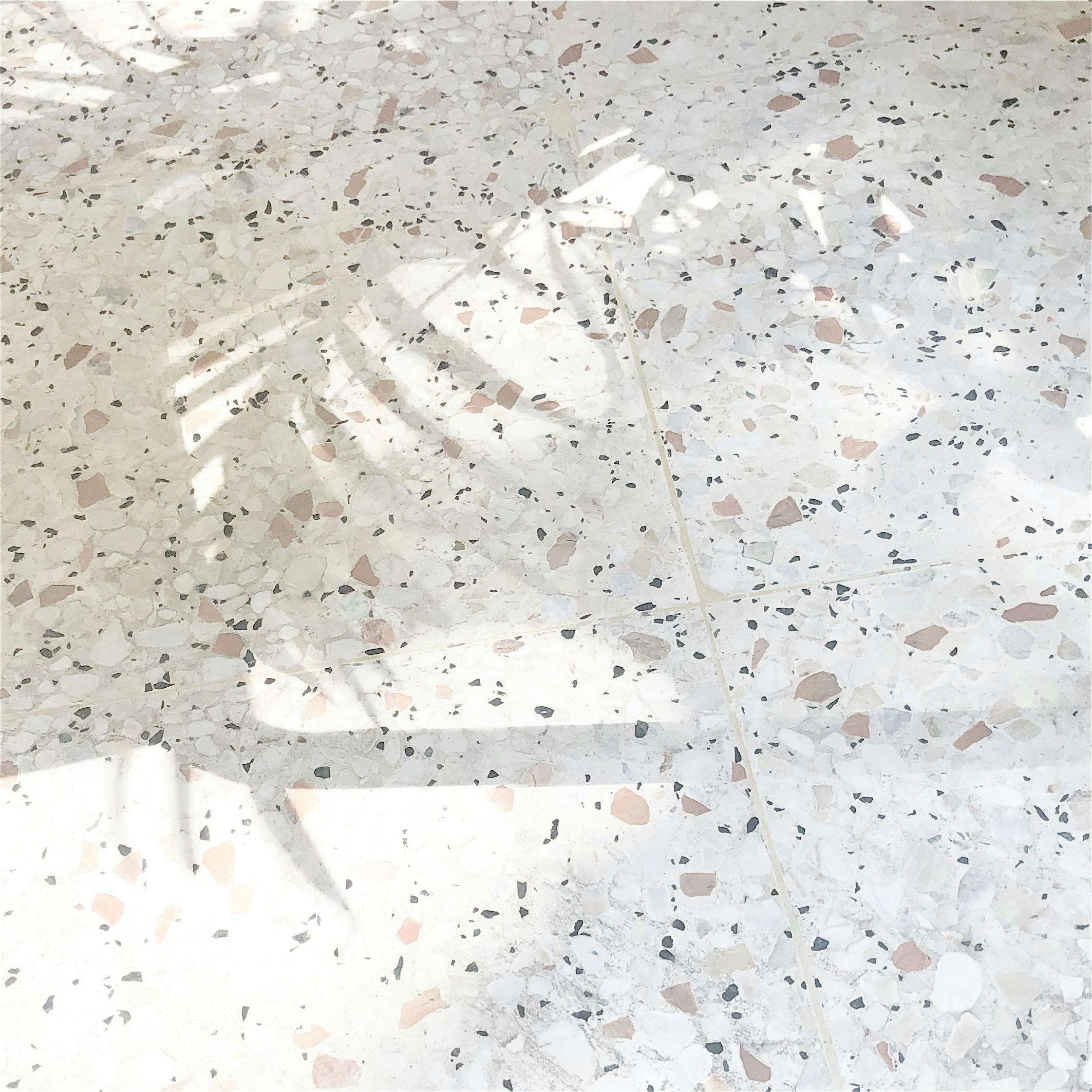Unraveling the Mystery of Pavement Tiles: What Are They?
Have you ever noticed those intriguing tiles scattered across sidewalks and streets? If you’re like many others, you may have found yourself wondering about their purpose and origin.
These tiles typically serve various practical purposes, from marking access points for utilities to indicating public transportation stops. In some locations, they might even be historical markers or elements of an artistic installation designed to enhance the urban landscape.
If you’ve seen them in your area and are curious about what exactly they entail, you’re not alone! Many pedestrians encounter these fascinating features yet remain puzzled by their significance. Understanding their purpose can deepen our appreciation of the environment we navigate every day.
If you have insights or theories about these curious tiles, or wish to share your observations, we’d love to hear from you in the comments section!


Fascinating observations about pavement tiles in London
I’ve often noticed these tiles during my daily walks around the city and appreciate their subtle yet important role in urban navigation. In London, many such tiles are not only practical but also carry historical significance or serve as part of city infrastructure.
For example, some tiles mark access points for underground utilities, helping maintenance crews locate underground infrastructure without disruption. Others serve as tactile paving for visually impaired pedestrians, guiding them safely through busy areas.
Additionally, certain tiles in historic parts of London are remnants of the city’s rich past, perhaps linking to old street layouts or marking former boundaries—a nod to the city’s evolving landscape. Artistic installations using tiled patterns also contribute to the city’s aesthetic, blending function with cultural expression.
Next time you see these tiles, consider the story they might tell about London’s history, infrastructure, or community efforts. They’re small details that add depth to our city life and remind us of the layers of urban development beneath our feet.